Russian civil-military relations expert Kirill Shamiev talks about the expanded Russo-Ukrainian War, the heavy costs of an assault on Kiev, Russia’s military reform, the benefits of foreign mercenaries, and how incorrect intelligence from the FSB’s Fifth Service could have contributed to a miscalculation of the Kremlin in Ukraine.
Host: Balázs Csekő
By fall you are back – before the leaves have fallen from the trees.” Those were the words of Emperor Wilhelm II in August 1914, as he said goodbye to the German troops heading off to the fights in World War I. Many of the troops never returned home. The war didn’t conclude before November 1918.
Russia’s current military campaign in Ukraine awakens memories of the German troops’ fate in World War I. Despite early expectations of a ‘blitzkrieg’, and after a month of military conflict in big parts of Ukraine, Russia’s invasion doesn’t seem to come to an end anytime soon.
“This was a huge mistake, an unbelievable mistake on the Kremlin side,” security sector expert Kirill Shamiev told CEA.
After the fading chance of a ‘blitzkrieg’, the Russian army rapidly corrected its strategy and started to use tactics that most international experts had counted with: conducting heavy artillery strikes and using armed formations to slowly approach Ukraine and demolish their defense infrastructure.
Serious problems with Russian military logistics came to the surface. The images of destroyed trucks, tanks without fuel, and Russian supply routes being ambushed by Ukrainian forces don’t transmit the message of perfection.
“Russia’s military isn’t as great as in Hollywood movies, but also not as bad as some Ukrainian and critical politically inclined people try to describe,” the analyst said.
Assault on Kiev – heavy costs
Russian troops have been gathering around Kiev for weeks, but the odds of an attack against the Ukrainian capital remain, according to the expert, “quite low”. The financial costs of such an attack and the fierce resistance by the Ukrainian population cause a serious headache to the Russian leadership.
“It’s an incredibly heavy terrain. It’s not flat, but urban terrain. It’s a very difficult place to fight,” the analyst said.
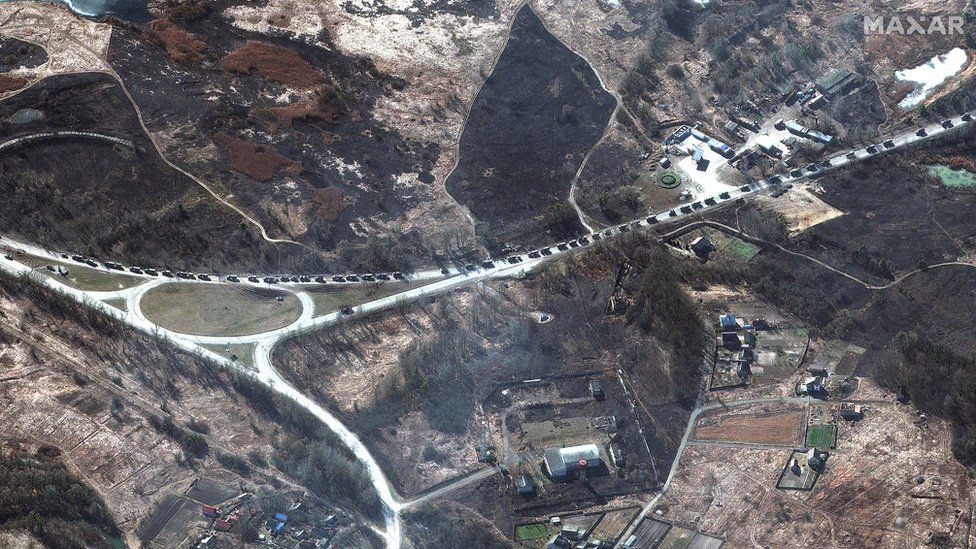
Photo credit: Maxar technologies
The strategy followed by Russia will likely put focus on encircling the Ukrainian capital and inflicting severe damage to other cities across the country. The Ukrainian leaders should be brought to the discussion table by the destruction of their material infrastructure, military and the civilian population.
Anti-Russian Western Ukraine
The likelihood of Russian troops moving in Western Ukraine is even lower than an assault on the capital. Historically, the anti-Russian feelings and the pro-Ukraine support are stronger in the Western areas of the country.
A more active civil resistance is expected in Western Ukraine than in the East. “Eastern Ukrainians would protest loudly; Western Ukrainians would shoot at the Russians,” Mr Shamiev claimed.
Another factor not playing into the hands of the Kremlin is the geographical proximity of the Western territories to the NATO air defense systems in Poland, Slovakia, Hungary and Romania. These will be in range to gather detailed information about Russian aircraft and could easily share that with their Ukrainian partners.
Military reform in Russia 2007-2012
Russia’s military underwent unprecedented changes between 2007 and 2012. During the tenure of defense minister Anatoly Serdyukov, the country concluded its first successful military reform in its post-Soviet history. The minister succeeded in changing the institutions and the structure inside Russia’s military, modernizing its infrastructure, and initiating changes in the Russian defense sector.
Due to the military reform the Russian Armed Forces became more dynamic and flexible. Before the full-scale invasion of the Ukraine, the results of the reform were already showcased in Crimea, the Donbass conflict, and Syria.
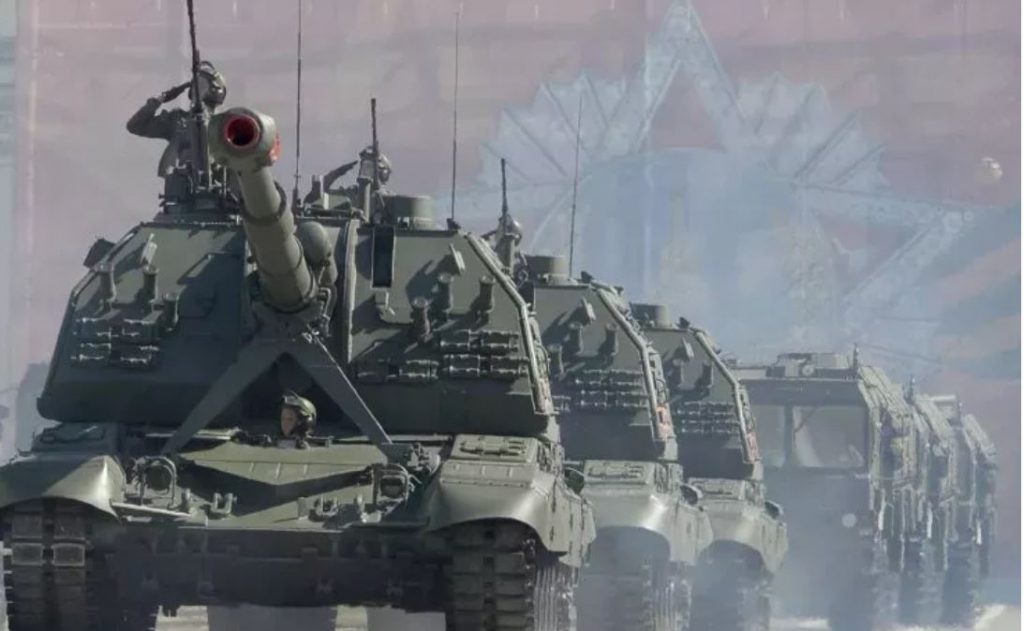
Photo credit: Olga Maltseva, AFP
“Without the changes by Serdyukov, this would have been impossible,” Mr Shamiev said.
Certain transformations, however, were less fruitful. Current deficits in Ukraine have their roots in a failed reform of military education. Though, military specialists, able to use military armaments and aware of different tactics, are formed, but their general expertise of political, social, and economic issues, as well as their management practices of how to deal with soldiers, are lagging behind. The lack of knowledge in these areas has an effect on the morale of the troops and the general willingness to conduct autonomous operations inside enemy territory.
After the ousting of Anatoly Serdyukov, his successor Sergey Shoigu and Valery Gerasimov, Chief of the General Staff of the Russian military, welcomed a large number of new armaments that were later tested in Syria. On behalf of Gen Gerasimov, the military started operational and strategic innovations: the use of reconnaissance and signal capabilities, and electronic warfare.
Gen Gerasimov recognized the changes of the very “rules of war”. “The role of nonmilitary means of achieving political and strategic goals has grown, and, in many cases, they have exceeded the power of force of weapons in their effectiveness,” he wrote in Russia’s Military-Industrial Kurier in 2013.
“Syria was very useful for the Russian military as a playground, a testing field. We haven’t witnessed in full-scale these capabilities in Ukraine as of now,” the analyst claimed.
Russian air force
Russia’s air force bombarded several strategic targets already in the first days of the Ukraine conflict, but so far it hasn’t played the most significant role in the ongoing military operation.
With a limited number of precision-guided weapons and the reconnaissance capabilities lagging behind, the role of the Russian air force is less than it was expected previously. This, however, can change, but the number of operation aircrafts in Russia is unknown.
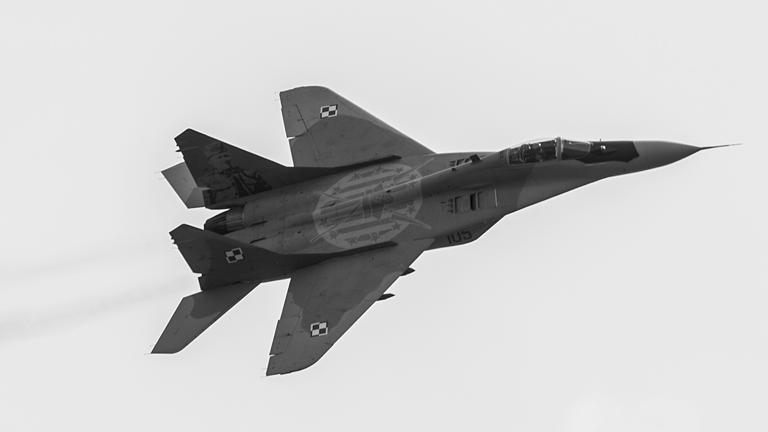
Photo credit: Steve Thorne, Getty Images
“We see that they are switching towards dumb bombs and ordinary bombs against closed range military targets.”
General mood of the soldiers
Many reports in Western media claim that the mood of Russian soldiers is far from optimal. With a constant information warfare going on, parallel to the events on the battleground, the veracity of such claims is hard to examine.
The fact is, that the Russian Armed Forces are mosaical. Professional and experienced troops, whose main goal is to fulfill the given orders in the best way possible, are part of the military, just like a significant portion of former contract soldier that had to fight in support roles.
“Officers were not prepared. Before starting such a huge war, any government should find a narrative to convince the military, ordinary soldiers and officers. This was not done, some troops were lied to,” Mr Shamiev said.
“Ukraine is not Syria or another far away country. Russian troops just found out that they have to shoot at people who are like them,” he added.
Due to the lack of psychological preparation for the military, several soldiers escaped the military and are currently hiding in Western Russian towns. Others just abandoned the troops, with the exact number of soldiers doing so completely unknown.
Mr Shamiev warns of becoming a victim of a permanent information warfare: “My advice would be not to trust the sources of the Russian and Ukrainian governments, as information warfare is part of ordinary warfare now. Both sides try to multiply information losses of the opponent side.”
Foreign fighters joining Russian troops
With a significant resistance of the Ukrainian forces and inflicting casualties on the Russian side, it’s less of a surprise that foreign fighters are joining the Russian units. “Casualties are always political. The higher the number of casualties, the higher the chances of political unease inside Russia,” the analyst stated.
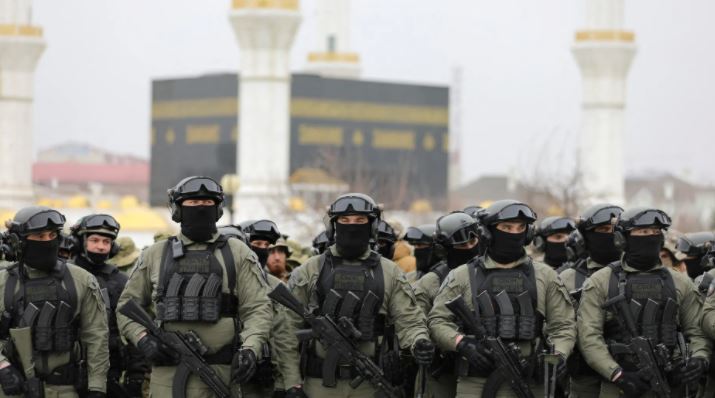
Photo credit Chingis Kondarov, Reuters
In order to minimize the discontent of the Russian society, domestic and foreign mercenaries are welcome to fight along the Russian troops. From an operational perspective, such a move is logical. Probably not the most effective soldiers are being recruited, but these have less moral problems with killing the opponent side.
Politically, it poses zero risk for the Russian leaders for not being a sensitive issue. “Nobody cares about them. Especially, when they are foreign ones,” Mr Shamiev said.
FSB turmoil
According to a report by journalist Andrei Soldatov, Fifth Service, the FSB’s foreign intelligence arm, has become the target of repressions. Soldatov claims the leadership of the FSB unit, responsible for providing the President with intelligence on political developments in Ukraine, has been put under house arrest. There is no official confirmation of the reports yet.
“If the reports are correct, it gives evidence to support the claim that Russian intelligence before the war just failed remarkably and misled Putin himself,” he said.
Could the developments in the Ukraine have similar consequences for Russia’s military leadership? “Changing generals during wartime is a bad idea. It brings unnecessary instability and loss of command inside the military,” confirms the expert.
As long as there is no catastrophic event for the Russian side, the positions of Gen Gerasimov and defense minister Shoigu seem to be politically safe.
Positions, however, can be changed, unrelated to leaves falling from the trees.
Cover photo credit: Kirill Zykov, Moskva News Agency
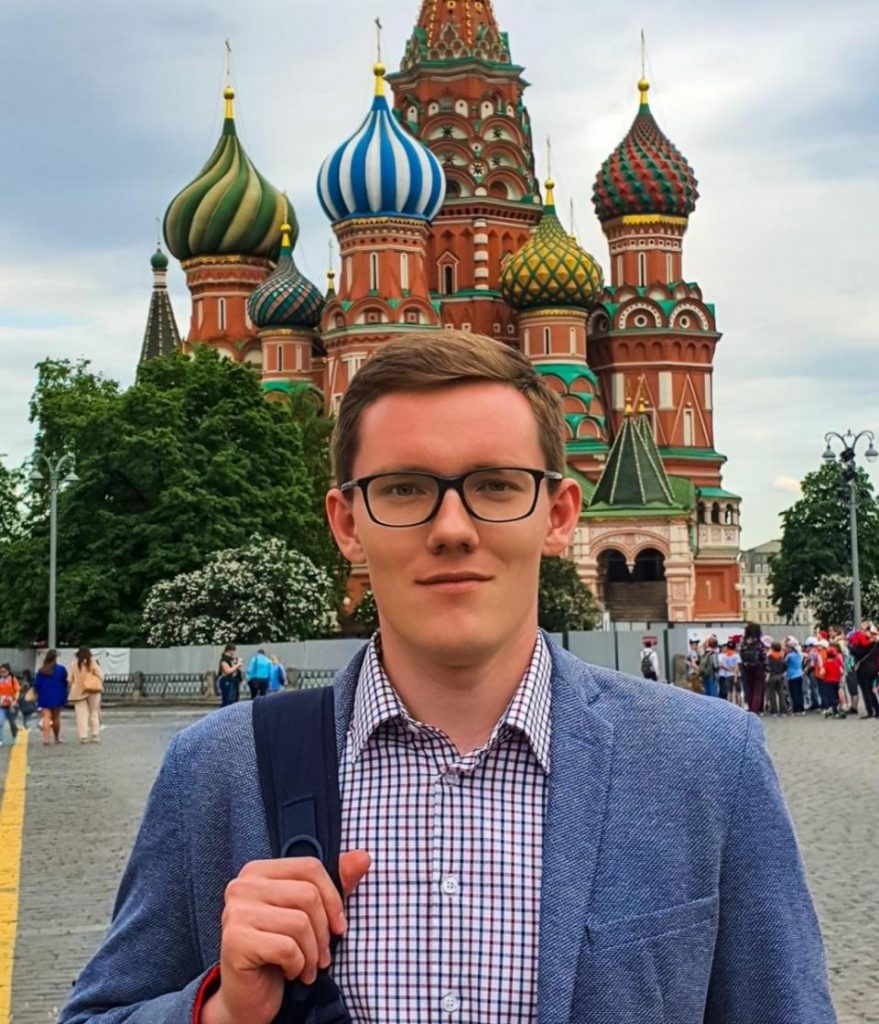
Kirill Shamiev is an analyst of Russian civil-military relations and security sector reforms. His reports were published in CSIS, RUSI, Meduza, Kennan Institute, The Moscow Times, Novaya Gazeta, and Echo of Moscow. He is a member of the Inter-University Seminar on Armed Forces and Society and also a member of the editorial board at Riddle Russia.
Twitter: @kirlant
Photo credit: Kirill Shamiev / CEU



